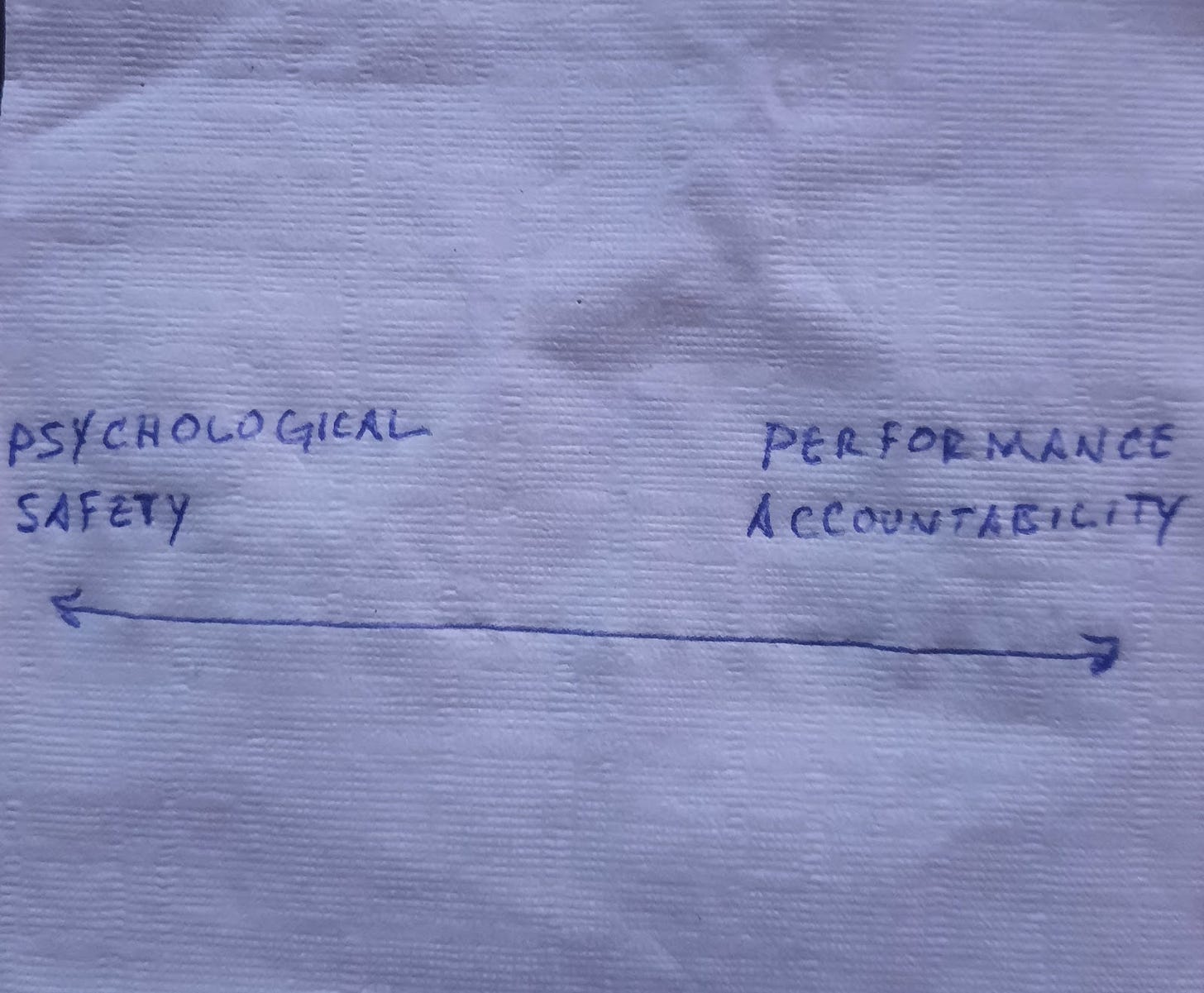We've all seen it: that one person who doesn't perform well and isn't a part of the team. They lumber around, twiddling their thumbs with a mile-long laundry list. We feel a range of negative emotions in their presence; everything from indignation, annoyance, resentment, hostility…; the list goes on.
We've also been there ourselves. Imagine a time in your career where you've felt stagnant and uninterested in your work. You were fully capable but also somewhat lack-luster.
It happens.
The point is that apathy creates problems in individual performance, team morale, as well as the bottom line. It's such a common problem that a Gallup poll rated only 15% of worldwide employees as “engaged in their jobs.” Two-thirds are not engaged and 18% were actively disengaged.
You can download that report here.
More so, people often interpret apathy as a personality trait. We say “Susie is apathetic” or “I can’t stand how lazy Jim is.” However, we rarely study the variables surrounding that individual. In short, we don't study the environment.
Ken Blachard set out to do just that 50 years ago. Blanchard wanted to understand the relationship between leaders and followers. From his work, he devised the following.
Situational Leadership
Situational Leadership simplifies work ethic into 2 variables: confidence and competence. It aims to explain how a worker moves from their first day on a job to a fully confident and competent subject matter expert.
At first, everyone is excited to start and confident in their own skill set. However, they actually don't know about that particular job. Thus they are high in confidence and low in competence (box 1). Once they are on the job, they realize what they don't know (box 2). After time and coaching they learn the job, but lack confidence (box 3). Finally, they gain confidence with time and are fully capable of performing the job (box 4). Their journey through these 4 situations is their learning curve.
This leadership style gives the manager a set of tools for helping the individual along: directing, coaching, supporting, and delegating.
It is very important to note which variable is subjective vs. objective in this model. Confidence is not something that can be measured externally. It is wholly subjective to the individual. However, competence can making it objective. As a manager or leader, I can judge whether a job is completed. However, it is much more difficult to measure someone's confidence to complete a job.
Amy Edmonson stumbled upon the same relationship while measuring team performance. She found that high performing teams report and retroactively analyze mistakes, whereas lower functioning teams often hide mistakes outright. In short, this means that reporting indicates an element of personal psychological comfort in a team setting.
Most managers think psychological safety and performance accountability are two opposing variables on a scale. In fact, Edmonson hypothesized the same when she began her research. Psychological safety is defined by the comfort level each team member feels when sharing information amongst the group. Performance accountability, on the other hand, is how each member takes responsibility for their actions and contributions.
Amy found that these are, in fact, not opposing variables. Rather, they are two complementary variables. According to Edmonson, people with low psychological safety feel anxious or apathetic toward their work. Also, people who lack performance accountability feel comfortable or apathetic toward their work. These feelings lead to unhealthy work practices and non-productivity over time.
This is a great tool for assessing how individuals feel in their environment. The goal is that people feel comfortable with sharing information as well as taking responsibility for their actions.
In Edmondson's work, the relationship between an individual and their work stems from their own perspective. More so, it aligns with Blachards findings.
These two models align greatly to each other. Psychological safety is subjective as is confidence. Both competence and performance accountability are objective. Furthermore, each box correlates. Coaching is the natural response to someone showing signs of apathy in the workplace. Support will raise the confidence of someone who is anxious.
These models do more than explain how someone acts in the environment. They also can indicate the most predominant leadership style in the environment. For example, if most of the workforce is apathetic, the most likely culprit is a lack of coaching to push the workforce forward to the next level.





